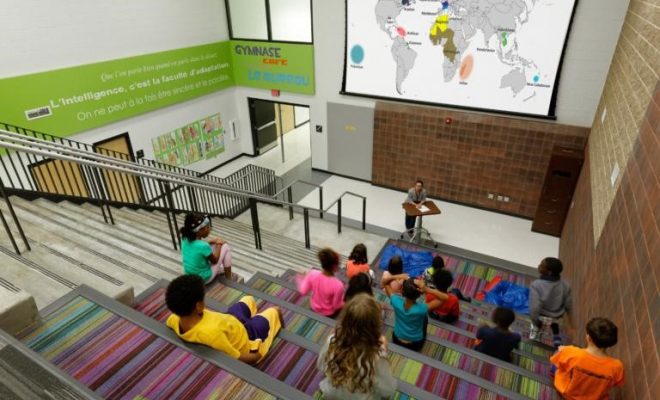Why We Must Teach Our Teachers Computational Thinking

Computational thinking isn’t new. Three decades ago, Seymour Papert introduced computational thinking when he developed the concept of bricolage, which is the construction of something new from many sources.
He rightly understood the significance of computers, and with computational thinking, he surmised that they would not only be an integral part of our educational process, but we would need to acquire new ways for learning when using computers.
In essence, the bricoleur builds knowledge by engaging in a process of building precise steps that encourage the construction of knowledge. Papert recognized that over time, the learner’s theory may change as the result of refining his or her responses in any of the four stages of computational thinking.
Even before Papert’s work, however, educational visionaries insisted that the way to solve problems in any field was by adopting sequential problem-solving methods, which became algorithmic or computational thinking.
In short, we use computational thinking (CT) to solve problems.
4 CT Stages
There are four stages of computational thinking:
- Decomposition – Begin by looking at the problem as a whole and then segment its components into smaller actions or tasks. This holistic approach allows the learner to begin with the big picture and then compartmentalize each facet.
- Pattern recognition – With the problem compartmentalized, it’s time to look for patterns. The discovered patterns may reveal trends and point to solutions.
- Abstraction – Anything not relevant is set aside; distractions can prevent problem-solving, especially if they are in the form of too many similar choices or examples. Abstraction makes reinventing the wheel unnecessary.
- Algorithms – Learners develop their process for problem-solving by working step-by-step in coming up with possible answers.
The process is designed to help students think deeply about a problem and come up with a solution for it.
Age appropriateness in computational thinking
Students must learn when and how to apply computational thinking skills, but that process varies according to student age and maturity.
Older students can acquire CT skills through coding, but students as young as four years old need a different approach when working on computational thinking skills. Young children enjoy brain teasers like looking for the difference between two pictures, and they can also practice their skills by using apps designed to build memory skills and encourage logical thinking.
These students are beginning to establish the habit of decomposing, recognizing patterns, abstracting, and setting up algorithms at an age-appropriate level. The early they learn these skills, the more skilled they’ll be in using them later.
Intermediate and middle school students can practice their skills in each of the four stages and further develop their computational thinking skills by exploring and mining data to solve real-world problems, or they might develop and design 3D prototypes with software like TinkerCAD.
When teachers apply CT skills
Effectively integrating computational thinking skills requires that teachers have a strong knowledge base of how CT works in the classroom. Rather than teach students the answers to problems, teachers guide students in developing appropriate problem-solving strategies.
Educators can apply the same strategies of computational thinking when solving problems in their schools. Computational thinking isn’t just a way of thinking about mathematics. CT teaches problem-solving, and it’s necessary for analytical thinking in any field, especially education.
The rise of artificial intelligence in education suggests that teachers must embrace computational thinking not only for their students but also for themselves.





